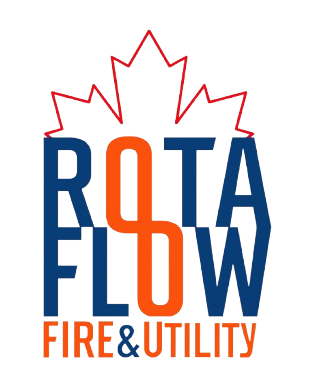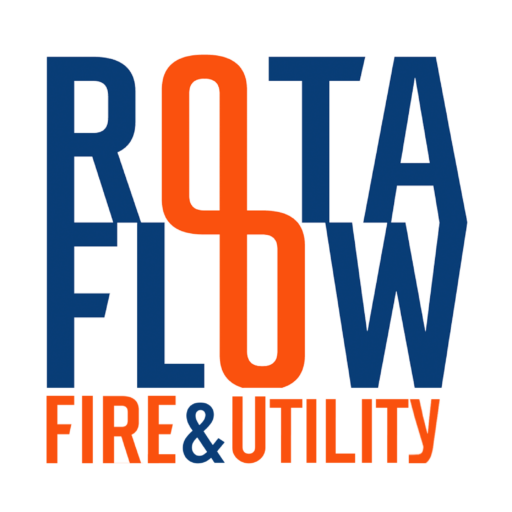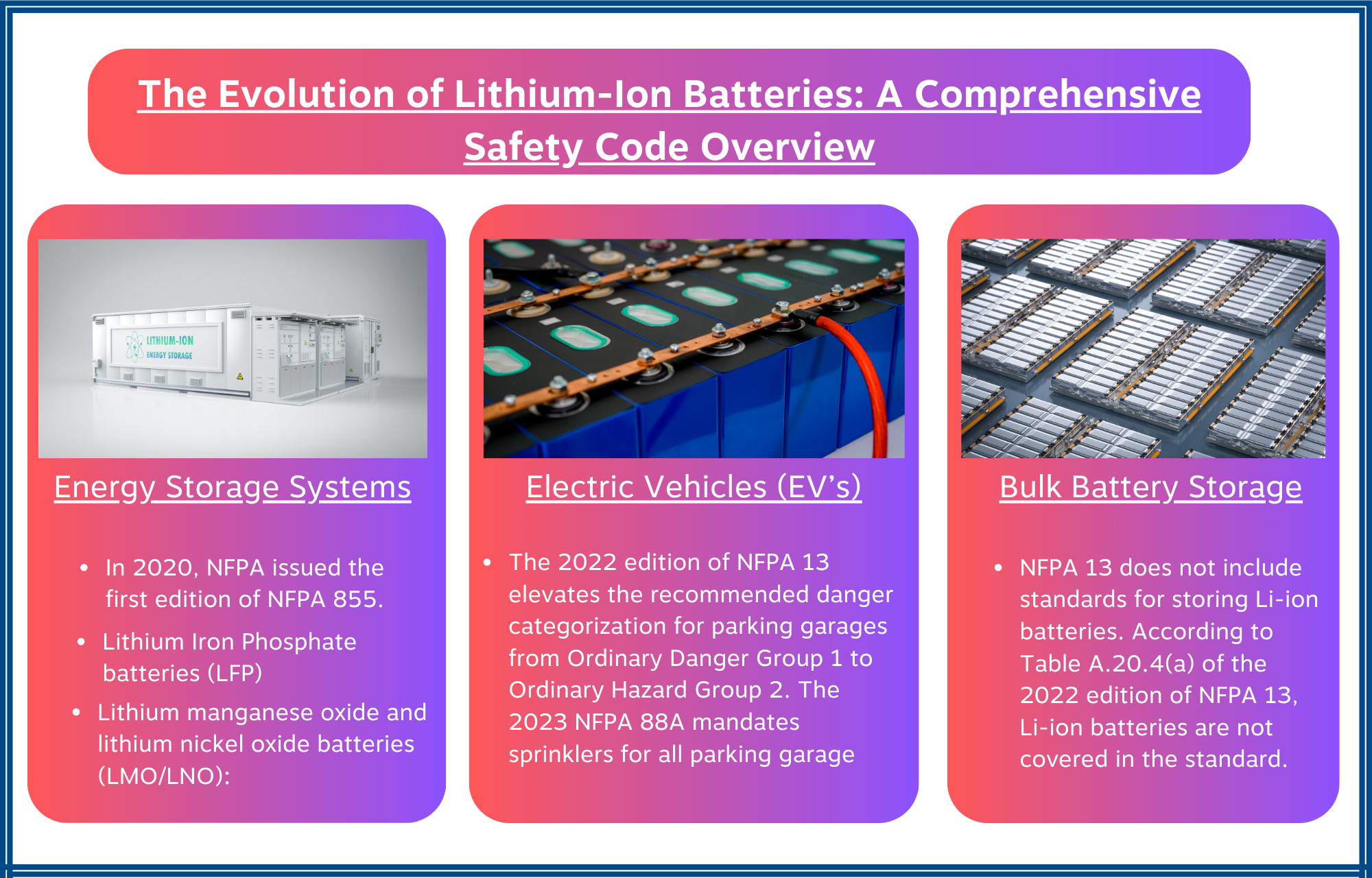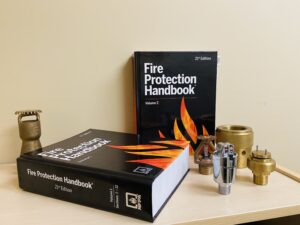The guide digs at the history of lithium-ion (Li-ion) batteries and the safety codes that have emerged in reaction to their widespread use during the 1990s. The narrative highlights the delayed recognition of thermal runaway problems until the 2000s, as well as the various hazards associated with Li-ion batteries in various applications. The focus then moves to Energy Storage Systems (ESS), which define the guidelines provided in NFPA 855 and IFC Chapter 12 for Li-ion-based ESS systems. Specific criteria, such as capacity restrictions, space requirements, and sprinkler regulations, are defined.
The guide goes deeper into safety measures for various Li-ion chemistries, including lithium iron phosphate and lithium manganese oxide.
Bulk Battery Storage Standards and see that NFPA 13 does not cover Li-ion batteries. We also learn from FM Global Data Sheet 8-1. The article concludes by discussing safety problems for electric vehicles (EVs) in parking garages, emphasizing the changing requirements in NFPA 13 and NFPA 88A. As Li-ion battery usage increases, the guide emphasizes the growing necessity for detailed guidance on safety rules.
Code Responses to Lithium-Ion Battery Technology to Date
Since the early 1990s, Li-ion batteries have been employed in commercial applications. Thermal runaway was not recognized until the 2000s, despite being a long-standing risk. Traditional batteries have been known to cause fires and explosions due to hydrogen emissions. Although Li-ion batteries do not have the same hydrogen discharge as lead-acid batteries, thermal runaway poses a distinct concern. The risk and severity of an incident vary substantially according to the situation. The hazards associated with batteries vary depending on whether they are used in an energy storage system, an electric vehicle (EV), a micromobility device, stored, or manufactured. Therefore, the protection measures should be tailored accordingly. As technology advances, codes and standards cannot keep up. Although guidance in codes and standards remains minimal, some information has been provided over time.
Energy Storage Systems
Energy Storage Systems (ESS) can serve as battery backup for a single-family home or peak shaving for the entire grid. In 2020, NFPA issued the first edition of NFPA 855:
Standard for the Installation of Stationary Energy Storage Systems, which included prescriptive recommendations for protecting lithium-ion batteries. The International Fire Code (IFC) included Chapter 12 in 2018 and made significant changes in the 2021 edition. The IFC and NFPA 855 contain identical criteria for Li-ion-based ESS systems.
A summary is provided below.
- NFPA 855 and IFC Chapter 12 only apply to Li-ion ESS systems with a total capacity of over 20 kWh.
- A single fire area’s maximum capacity is 600 kWh, unless it is a dedicated use building.
- Groups of ESS systems must be at least 3 feet apart and contain no more than 50 kWh each.
- Sprinkler design standards are 0.3 gpm/ft2 over 2,500 square feet, provided the size and separation requirements are met.
- UL 9540A is required for large-scale testing when size and separation standards cannot be met.
- Commercial battery racks typically surpass 100 kWh; hence, UL 9540A criteria are commonly used to protect them.
FM Global also provides publicly available testing for large-scale energy storage devices. The FM worldwide paper, “Development of Sprinkler Protection Guidance for Lithium Ion-Based Energy Storage Systems,” outlines sprinkler parameters for different battery chemistry types.
Lithium Iron Phosphate batteries (LFP):
- Sprinkler design standards are 0.3 gpm/ft2 for 2,500 square feet.
- The maximum size of the ESS rack is 83.6 kWh in electrical capacity.
- Separate the ESS system from non-combustible and combustible objects by 3 and 5 feet, respectively.
- Water supply capacity must be at least 90 minutes.
Lithium manganese oxide and lithium nickel oxide batteries (LMO/LNO):
- Sprinkler design criteria are 0.3 gpm/ft2 for the full ESS room.
- The maximum size of the ESS rack is 125 kWh in electrical capacity.
- Separate the ESS system from non-combustible things by 6 feet and 9 feet, respectively.
- Each ESS rack must have a minimum 45-minute water supply.
Bulk Battery Storage
NFPA 13 does not include standards for storing Li-ion batteries. According to Table A.20.4(a) of the 2022 edition of NFPA 13, Li-ion batteries are not covered in the standard. Bulk storage and warehouse storage are safer than ESS due to the absence of thermal runaway processes. However, the risk remains significant due to the difficulty of controlling a fire if the storage unit ignites.
FM Global Data Sheet 8-1 Commodity Classification offers only prescriptive criteria, including the following:
- The maximum ceiling height is 40 feet.
- Maximum stage of charge: 60%.
- A maximum of three tiers of storage up to 15 feet in height.
- The minimum requirement is 12 K22.4 or K25.2 sprinklers operating at 35 psi.
- Batteries with a ceiling higher than 40 feet or a state of charge greater than 60% require in-rack storage with K8.0 or K11.0 sprinklers. A single level requires 6 sprinklers, while two or more levels require 8 sprinklers flowing at 60 gpm each. Barriers were spaced 12 feet vertically.
Electric Vehicles (EV’s)
Parking garages are the biggest source of concern for EVs in terms of sprinkler systems.
EVs are less likely to catch fire than internal combustion engines, but when they do, they can be difficult to extinguish. While EVs are less prone to fire, they can still experience thermal runaway if damaged, which can occur even hours later.
This raises the risk of fires in both business and residential parking garages, which are typically not sprinklered. The growing number of electric vehicles (EVs) on the market and in parking garages, combined with the use of plastic in current cars, has led to the need for updated norms and standards. The 2022 edition of NFPA 13 elevates the recommended danger categorization for parking garages from Ordinary Danger Group 1 to Ordinary Hazard Group 2. The 2023 NFPA 88A mandates sprinklers for all parking garages, while the 2021 International Building Code (IBC) mandates sprinklers for open garages over 55 feet (48,000 square feet).
Prescriptive criteria for Li-ion batteries are now limited. However, as the use of these batteries increases, there will be a greater need for guidance.
Courtesy: J. Dunkel, P.E., Fire Protection Engineer for the NFSA.



